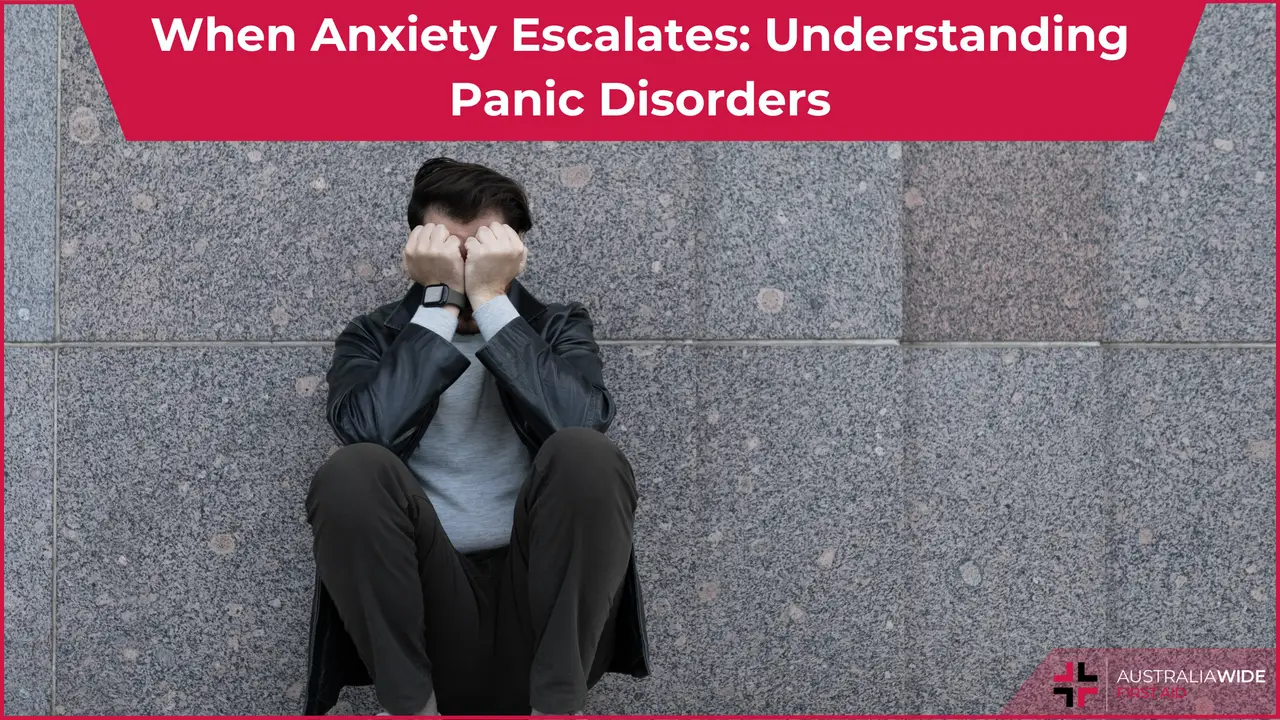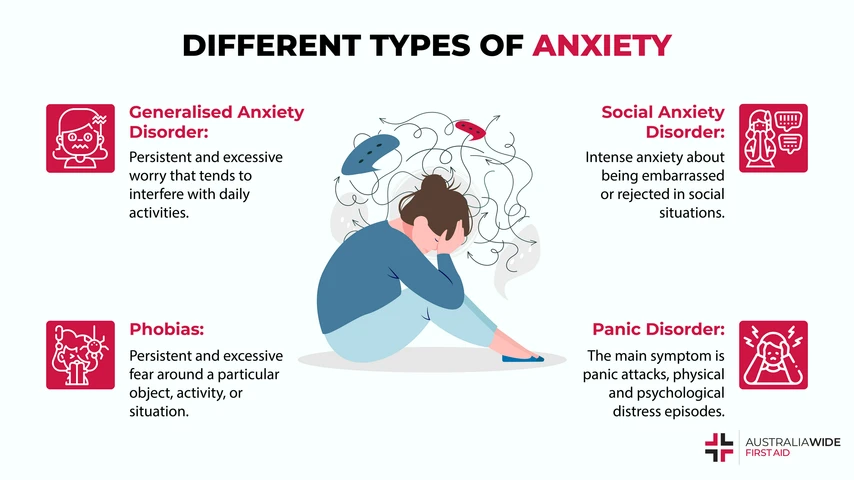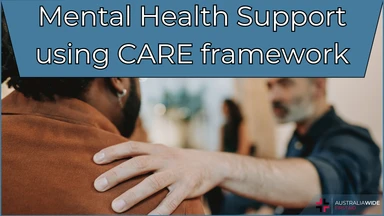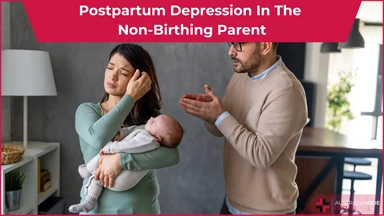When Anxiety Escalates: Understanding Panic Disorders


Panic disorder is a common yet often misdiagnosed mental illness that can significantly affect your life.
The hallmarks of panic disorders are abrupt, severe bouts of anxiety and terror. Reflexes, shortness of breath, and rapid heart rate are common physical manifestations of these overwhelming worries.
In this blog article, we will explore the realm of panic disorders, including their causes, symptoms, treatments, and the critical decision of whether to get professional help.
A panic attack is a sort of anxiety episode marked by a sudden and overpowering feeling of great fright. Several stressful circumstances might set off the attack. A panic attack, however, may appear to come out of nowhere. It's crucial to understand that having a panic episode is not always a sign of an anxiety problem. Still, a lot of anxiety disorders have panic episodes as a common feature.
Panic attacks can be incredibly distressing. Some people describe them as feeling like they're on the brink of death or losing their sanity. Someone with a history of panic attacks can go to great lengths to avoid situations they believe could trigger an episode of the condition. This avoidance behaviour can lead to the development of other anxiety disorders, especially phobias like agoraphobia.
According to figures from the Australian Bureau of Statistics, 3.7% of Australians report having suffered panic attacks in the previous year. Among the Aboriginal and Torres Strait Islander populations, in particular, its frequency seems to be noticeably greater, possibly surpassing the national average by about 3.3 times.
Moreover, women are diagnosed with panic disorder at a higher rate than males. Any age can experience the symptoms of panic disorder; however, they usually appear between late adolescence and early adulthood. It's interesting to note that elderly persons appear to have a lower prevalence of panic disorder.
There are two distinct forms of panic attacks: expected and unexpected panic episodes.
Specific cues or triggers precipitate an expected panic episode. It can include a situation where you experience panic attacks while being in a job interview, speaking in public, airplane, or in an elevator.
Conversely, unexpected panic episodes manifest with no identifiable cue or trigger. They can strike at any moment, even when you are in a tranquil state or asleep.

Although the exact cause of panic disorders is still unknown, experts generally agree that it is related to chemical reactions in the brain caused by perceived or actual threats, stressful events, or even just thinking about such stressors.
Thus, when the body's "fight-or-flight" response is activated without an immediate threat, it's safe to say it is a panic attack. Even during seemingly relaxed situations like watching television or drifting off to sleep, some people can experience the symptoms of a panic attack. These reactions cause physical changes that are easily noticeable, such as shallow breathing and a racing heartbeat.
Several factors can predispose the body to trigger the "fight-or-flight" response when such reaction isn't necessary:
These conditions can trigger a panic attack to occur, even in situations that do not seem inherently stressful.
Panic disorders can be challenging to identify, as their symptoms vary from person to person. Understanding the common signs and symptoms is crucial for early recognition and intervention. You can categorize these symptoms into three main dimensions: physical, emotional, and behavioural.
Physical Symptoms
Panic disorders often manifest with a range of distressing physical sensations, including but not limited to:
Emotional Symptoms
The emotional aspect of panic disorders can be just as distressing and includes:
Behavioural Symptoms
Behavioural aspects of this condition often result from an attempt to cope with or avoid panic attacks:
A panic disorder is a highly treatable condition. There are several approaches available to help manage and overcome it. These treatments often include:
Behavioural Therapy:
Therapeutic approaches, such as cognitive-behavioural therapy (CBT) and exposure therapy, are among the most commonly used methods for addressing anxiety and panic disorders. CBT helps you identify and change thought patterns that contribute to panic attacks. Exposure therapy, on the other hand, gradually exposes you to your fears to reduce anxiety.
Medication:
Healthcare professionals can prescribe anti-anxiety medications, such as antidepressants and anti-anxiety drugs to help ease the symptoms of panic disorders. The primary medication-assisted approach to treating panic disorder revolves around the utilization of selective serotonin reuptake inhibitors (SSRIs). Other options include:
It is prudent to consider all four classes of medications as equally viable options for managing panic disorders. Nonetheless, SSRIs are preferred due to their superior adherence rates and fewer adverse effects. Within the realm of SSRIs, there is substantial evidence supporting the effectiveness of:
However, it is crucial to emphasize that no medication, including those mentioned above, should ever be taken without the guidance of a licensed medical professional. It’s essential to discuss medication options and their potential side effects with a healthcare provider.
Holistic Approach:
Effective treatment often involves a holistic approach that considers not only therapy and medication but also lifestyle changes, including exercise, nutrition, and stress management.
A comprehensive strategy can lead to better outcomes in managing panic disorders.

You can also manage panic attacks and panic disorders with self-help strategies, which will empower you to take control of your condition.
Here are some practical tips for you to consider:
Recognizing the need for professional intervention is crucial, regardless of the level of severity of panic disorder you may be experiencing.
It would be best to consider professional help when your panic disorder:
Moreover, panic disorders can also manifest as physical health ailments, resulting in physical issues like digestive complications, headaches, or chronic pain.
If your panic disorders are significantly affecting your physical well-being, seeking assistance becomes even more critical.
Lastly, understanding the reality of panic disorders, identifying their symptoms, and researching the many treatment choices signals the start of your path to overcome this condition. Remember that you are never traveling alone.
Please reach out for help from your social circle and mental health professionals whenever possible. Have faith that you possess the fortitude to reclaim your life. Complete recovery is not only possible—it's a glimmer of an endless future full of peace and hope.

February 18, 2025
Mental health can be influenced by every aspect of our lives, and the weather is no exception. In places closer to the equator with humid environments, like Darwin here in Australia, the onset of monsoon season can see people suffer from a tropical seasonal affective disorder known as ‘mango madness’.

January 16, 2025
Mental health crises can occur unexpectedly, and knowing how to respond effectively can make a significant difference. The CARE framework is an easy-to-remember guide for offering support during a mental health crisis. It is also applicable if you think you might be seeing signs and symptoms of low mental health in a loved one, friend, or colleague.

June 3, 2024
New parents, both birthing and non-birthing, can develop postpartum depression. Birthing parents are easily recognized as being at risk for postpartum depression; however, it is important to acknowledge that non-birthing parents are equally susceptible to experiencing postpartum depression.